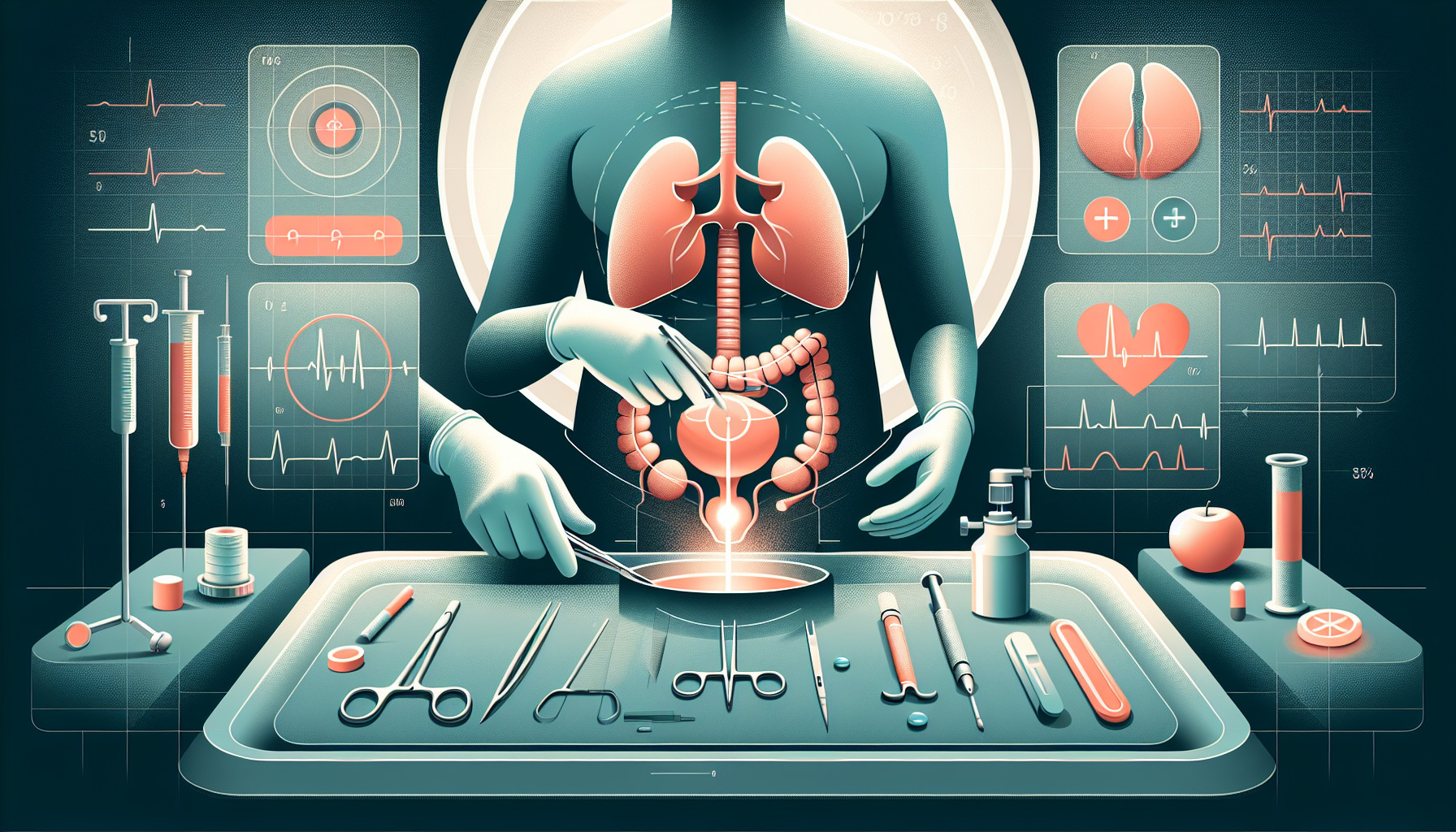Our Summary
This research paper discusses different methods that have been used in the past to perform a specific surgical procedure called vesicourethral anastomosis (VUA) after a particular type of prostate cancer surgery called retropubic prostatectomy. VUA is a technique used to rejoin the bladder and the urethra after the prostate has been removed.
The researchers looked at various scientific articles that described different ways to perform this procedure - some using soft or hard catheters, others using endoscopes.
The conclusion of the study is that there isn’t a perfect way to perform VUA after retropubic prostatectomy. However, a method called the Gil-Vernet maneuver might be the best option because it allows for a longer section of the urethra to be moved inside the abdomen and it’s also relatively simple to perform. This method doesn’t require any specific tools, making it a potentially more accessible option.
FAQs
- What are the common techniques used for vesicourethral anastomosis (VUA) after retropubic prostatectomy?
- Is there a perfect technique for the performance of VUA after retropubic prostatectomy?
- What is the Gil-Vernet maneuver and why might it be considered the easiest to perform after retropubic prostatectomy?
Doctor’s Tip
A doctor may advise a patient undergoing a prostatectomy to follow post-operative care instructions carefully, including taking prescribed medications, avoiding heavy lifting or strenuous activity, and attending follow-up appointments for monitoring and support. It is important for patients to communicate any concerns or changes in symptoms to their healthcare provider promptly.
Suitable For
Patients with prostate cancer who have undergone radical prostatectomy are typically recommended for vesicourethral anastomosis (VUA). This procedure is performed to reconnect the bladder to the urethra after the removal of the prostate gland. The techniques and maneuvers used for VUA have evolved over time, with various methods described in the literature. The Gil-Vernet maneuver is one of the techniques that may be used for VUA, as it does not require specific instrumentation and is relatively easy to perform. Ultimately, the choice of technique for VUA will depend on the individual patient’s anatomy and the surgeon’s preference.
Timeline
Before prostatectomy:
- Patient is diagnosed with prostate cancer through a series of tests including PSA blood test, digital rectal exam, and biopsy.
- Patient undergoes consultations with urologist to discuss treatment options, including prostatectomy.
- Patient undergoes pre-operative testing and clearance for surgery.
- Patient may undergo counseling and education on the procedure and post-operative care.
After prostatectomy:
- Patient is taken to the operating room and undergoes the prostatectomy procedure.
- Patient is monitored closely in the post-anesthesia care unit (PACU) for any complications.
- Patient may have a catheter inserted to drain urine from the bladder.
- Patient is transferred to a hospital room for recovery and pain management.
- Patient may experience side effects such as pain, urinary incontinence, and erectile dysfunction.
- Patient is discharged from the hospital and instructed on post-operative care, including catheter care and physical activity restrictions.
- Patient follows up with urologist for monitoring and further treatment as needed.
What to Ask Your Doctor
- What is the purpose of the vesicourethral anastomosis (VUA) procedure after a prostatectomy?
- What are the potential risks and complications associated with VUA?
- How long does it typically take to recover from the VUA procedure?
- Will I need a catheter after the VUA procedure, and if so, for how long?
- Are there any specific post-operative care instructions I should follow after VUA?
- What is the success rate of VUA in terms of achieving continence and maintaining urinary function?
- Are there any factors that may affect the success of the VUA procedure in my case?
- Are there any alternative techniques or approaches to VUA that I should be aware of?
- How will the VUA procedure impact my overall treatment plan and recovery process after prostatectomy?
- What follow-up appointments or monitoring will be needed after the VUA procedure?
Reference
Authors: Herranz-Amo F. Journal: Actas Urol Esp (Engl Ed). 2020 Jul-Aug;44(6):423-429. doi: 10.1016/j.acuro.2020.02.004. Epub 2020 May 27. PMID: 32473821
